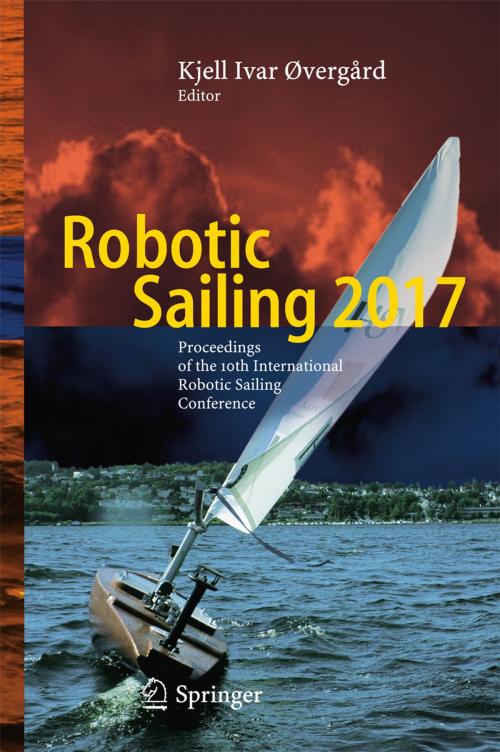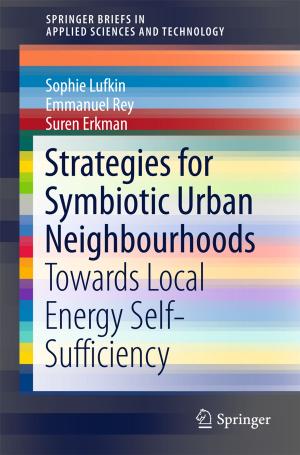Robotic Sailing 2017
Proceedings of the 10th International Robotic Sailing Conference
Nonfiction, Science & Nature, Technology, Robotics, Computers, Advanced Computing, Artificial Intelligence| Author: | ISBN: | 9783319727394 | |
| Publisher: | Springer International Publishing | Publication: | February 23, 2018 |
| Imprint: | Springer | Language: | English |
| Author: | |
| ISBN: | 9783319727394 |
| Publisher: | Springer International Publishing |
| Publication: | February 23, 2018 |
| Imprint: | Springer |
| Language: | English |
Robotic Sailing 2017. This book contains the peer-reviewed papers presented at the 10th International Robotic Sailing Conference which was organized in conjunction with the 10th World Robotic Sailing Championship held in Horten, Norway the 4th-9th of September 2017. The seven papers cover topics of interest for autonomous robotic sailing which represents some of the most challenging research and development areas.
The book is divided into two parts. The first part contains papers which focus on the design of sails and software for the assessment and predication of sailboat performance as well as software platforms and middleware for sailboat competition and research. The second part includes algorithms and strategies for navigation and collision avoidance on local, mid- and long range.
The differences in approach in the included papers show that robotic sailing is still an emerging cross-disciplinary science. The multitude of suggestions to the specific problems of prediction and simulation of sailboats as well as the challenges of route planning, anti-grounding and collision avoidance are good indicators of science in its infancy. Hence, we may expect the future to hold great advances for robotic sailing.
Robotic Sailing 2017. This book contains the peer-reviewed papers presented at the 10th International Robotic Sailing Conference which was organized in conjunction with the 10th World Robotic Sailing Championship held in Horten, Norway the 4th-9th of September 2017. The seven papers cover topics of interest for autonomous robotic sailing which represents some of the most challenging research and development areas.
The book is divided into two parts. The first part contains papers which focus on the design of sails and software for the assessment and predication of sailboat performance as well as software platforms and middleware for sailboat competition and research. The second part includes algorithms and strategies for navigation and collision avoidance on local, mid- and long range.
The differences in approach in the included papers show that robotic sailing is still an emerging cross-disciplinary science. The multitude of suggestions to the specific problems of prediction and simulation of sailboats as well as the challenges of route planning, anti-grounding and collision avoidance are good indicators of science in its infancy. Hence, we may expect the future to hold great advances for robotic sailing.















